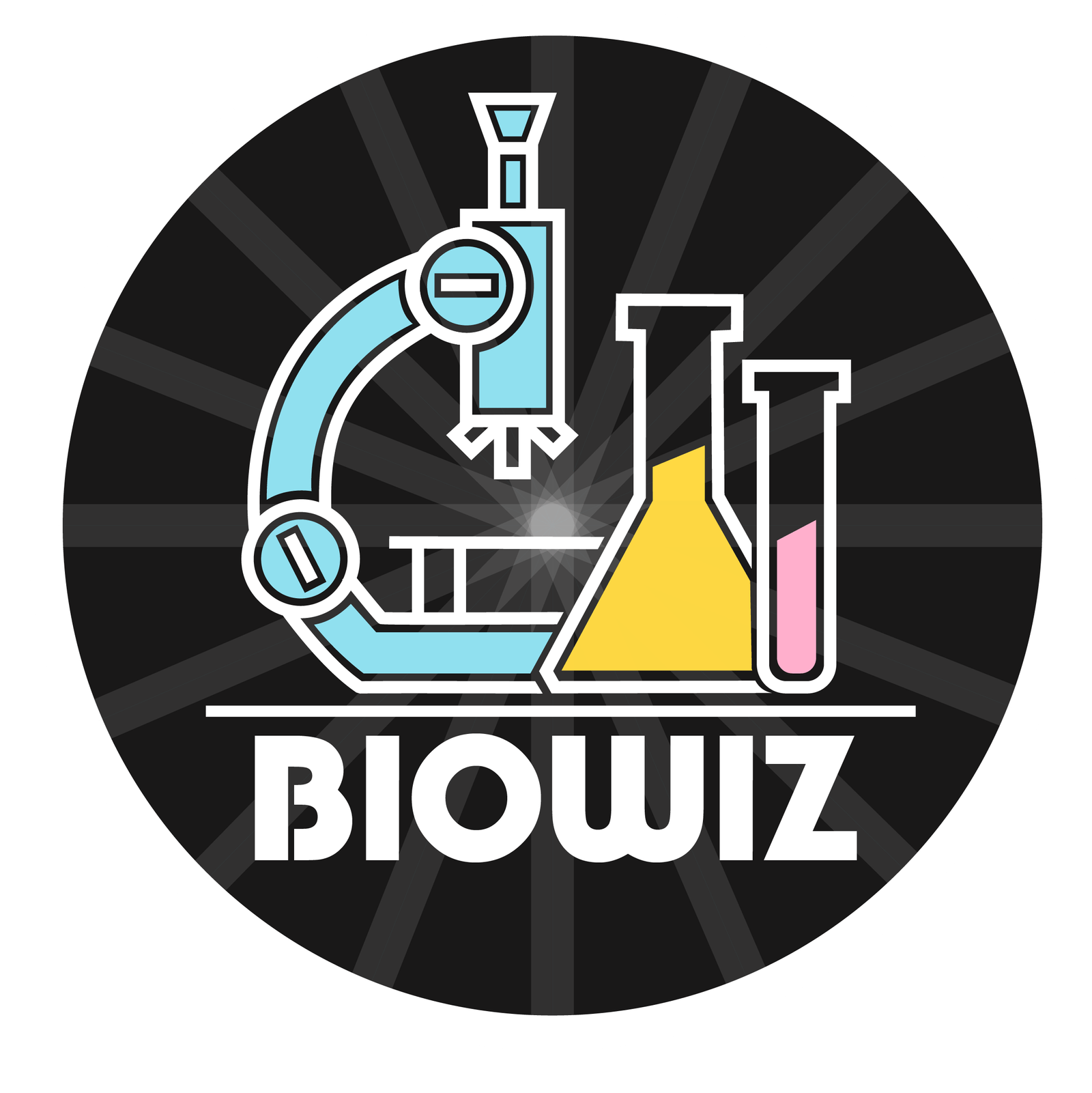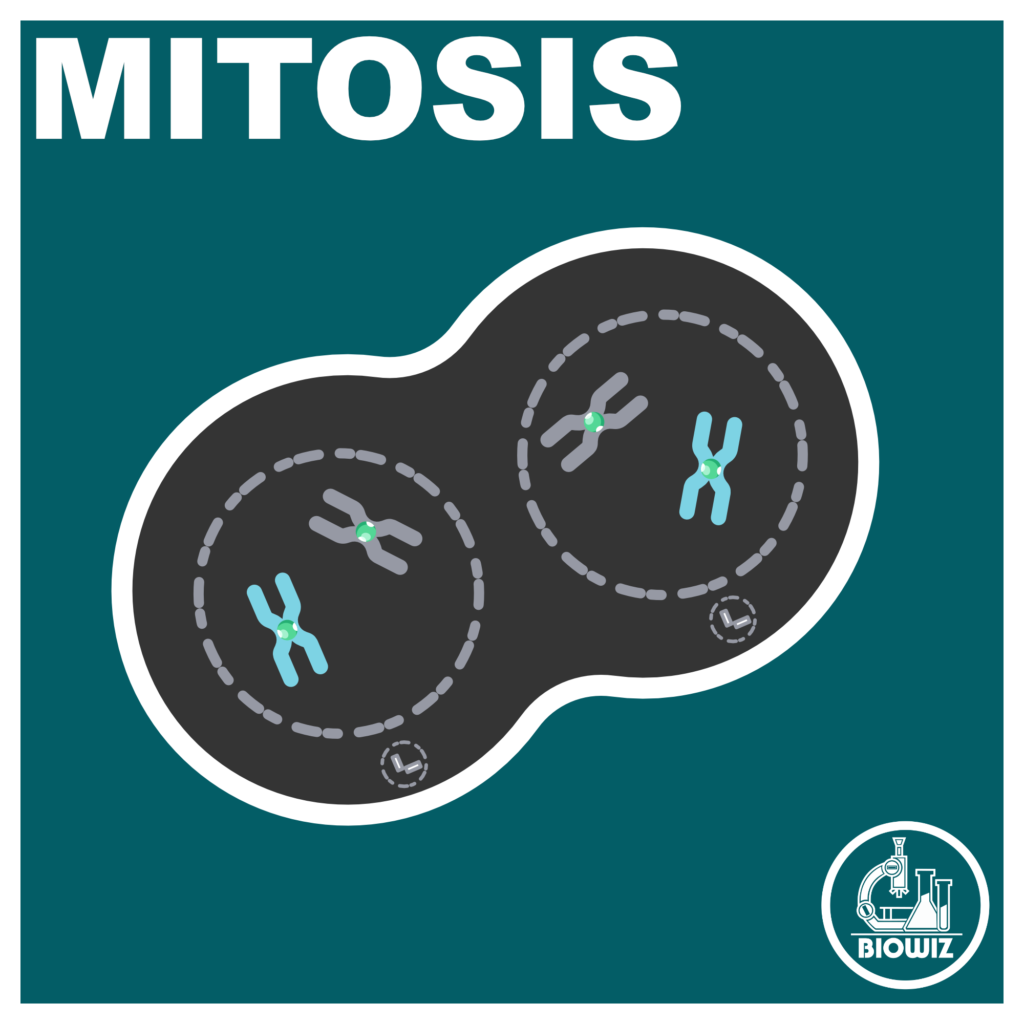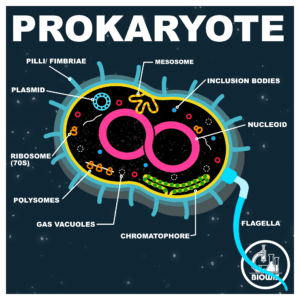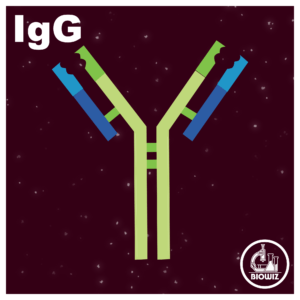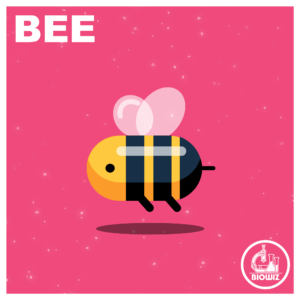INTRODUCTION
The sequential series of events responsible for division of an existing cell into two new daughter cells is called Cell Cycle. In a nutshell, the main events that occurs in cell cycle are:-
- Doubling of the cell orgenelles of parent cell.
- Doubling of DNA by replication.
- Distribution of nucleus and cytoplasm.
However, for a more detailed study, the cell cycle can be divided into 2 main phases depending on the events occurring during it:-
- Interphase
- M-phase or Mitotic phase
INTERPHASE
The Interphase contributes to more than 95% duration of the cell cycle and metabolically, it is the most active phase. This phase is also referred as Preparatory phase and Resting phase. The reason being as the cell prepares itself for division during this phase by synthesizing the required biomolecules but no significant changes are visible in the cell from outside except for increase in size. As Interphase is a very long event so for the ease of study it is divided into 3 sub-stages:-
- G1 phase
- S phase
- G2 phase
G1 PHASE
- Also known as Growth Phase 1/ Gap 1 Phase and Post-mitotic phase.
- Lasts for ~42% duration of the cell cycle.
- Doubling of most of the cell orgenelles occurs during G1 phase. (except Mitochondia, Plastids, Golgi bodies and centrioles)
- Formation of amino acids, nucleotides, proteins, RNA etc.
S PHASE
- Also known as Synthesis Phase.(synthesis of DNA)
- Doubling of amount of DNA by DNA replication.
- Synthesis of Histone proteins for packing of newly formed DNA.
- Doubling of centrioles, nucleotides, amino acids, proteins etc.
- Number of chromosomes do not increase in S-phase.
[Explanation- After completion of S-phase each chromosome has 2 chromatin threads attached at a point called Centromere. These paired chromatin later condenses to form sister chromatids.]
G2 PHASE
- Also known as Growth Phase II/ Gap II Phase and Pre-mitotic phase.
- Lasts for ~21% duration of the cell cycle.
- Doubling of remaining cell orgenelles like mitochondria, plastids and golgi bodies occurs.
- Synthesis of DNA stops but RNA and proteins (tubulin) are synthesized.
M-PHASE/ MITOSIS
The M-phase lasts for less than 5% duration of the cell cycle but is the most dramatic phase of the cell cycle as it involves reorganization of all cellular contents. It is also known as Equational division. The M-phase is divided into 2 phases:-
- Karyokinesis.
- Cytokinesis.
KARYOKINESIS
The division of nucleus is called Karyokinesis and is divided into 4 sub-stages depending on the events. These are:-
- Prophase
- Metaphase
- Anaphase
- Telophase
PROPHASE
- Spireme stage– Appearance of condensing chromatin like a ball of wool.
- Condensation of chromatin to form Mitotic chromosomes.
- Centrosomes moves towards poles.
- Microtubules fibrils polymerizes and radiates out from centrosomes called Astral rays which later forms Mitotic spindle.
- Aster – Centrosome + Astral rays
- Mitotic Apparatus– 2 asters + Spindle fibres
- At the end of prophase cells do not show Golgi, Nucleolus, Endoplasmic reticulum, Nuclear envelope.
METAPHASE
- Spindle fibres from both poles attaches to each chromosomes at its Kinetochore.
- Condensed chromosomes moves towards equator of the cell.
- Process of alignment of chromosomes at equator is called Congression.
- Alignment of chromosomes in a single plane is called Metaphasic plate.
- Best stage to study the morphology of chromosomes as chromosomes are most compact during metaphase.
ANAPHASE
- Depolymerization of microtubules from polar ends results in shortening of spindle fibres.
- Centromere splits into two (requires Anaphase Promoting Complex APC) and separated chromatids starts to move towards poles.
- During the movement, centromere of earth chromosome remains directed towards poles. Thus, centromere leads forward and the arms trail behind.
- Separated chromatids are called Daughter chromosomes.
- Anaphase completes when chromosomes reaches poles.
TELOPHASE
- Last phase of karyokinesis.
- Chromosomes now decondenses to chromatin.
- Nuclear envelope reassembles around the chromatin at each pole.
- Nucleolus and cell orgenelles reappears.
- Telophase completes when nuclear envelope completely reforms and is usually followed by Cytokinesis.
CYTOKINESIS
Animal cell
- The division of cytoplasm begins with formation of a contractile ring made up of Motor proteins (Actin and Myosin) at equator of the cell.
- The contractile ring pinches the cell into two to create two daughter cells each having a nucleus.
- As cytokinesis in animal cells occurs due to contraction of cell membrane inwards, it’s called Centripetal division.
